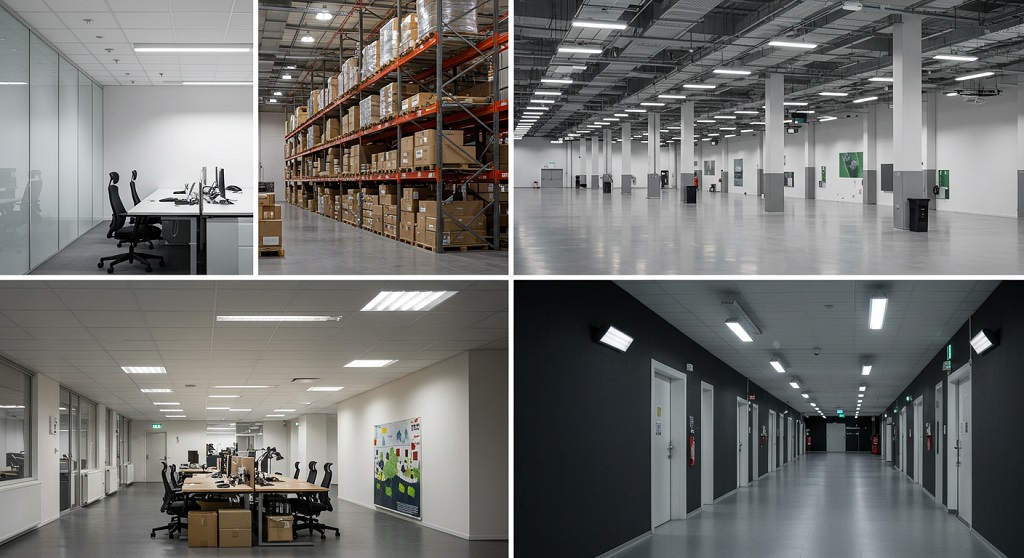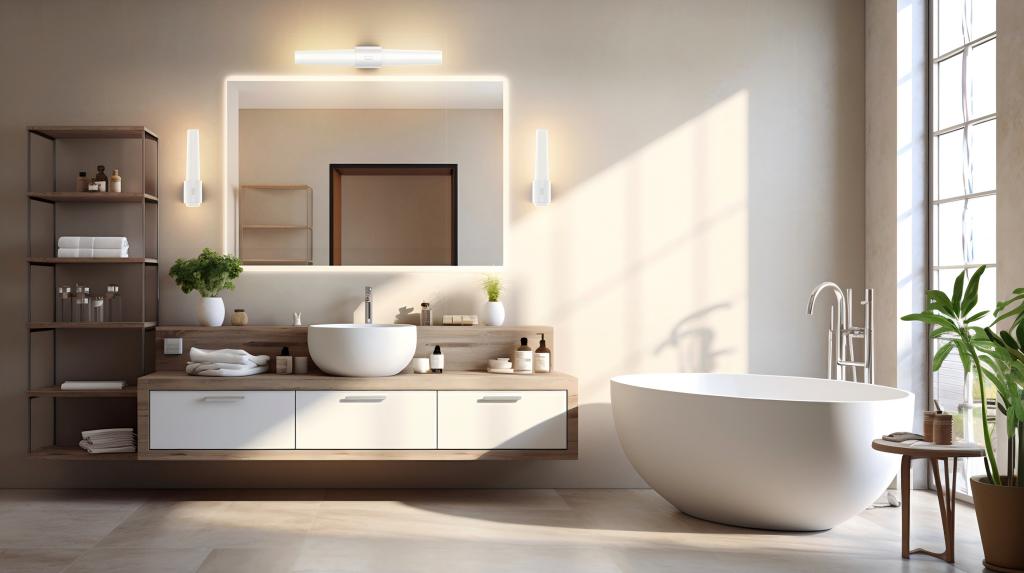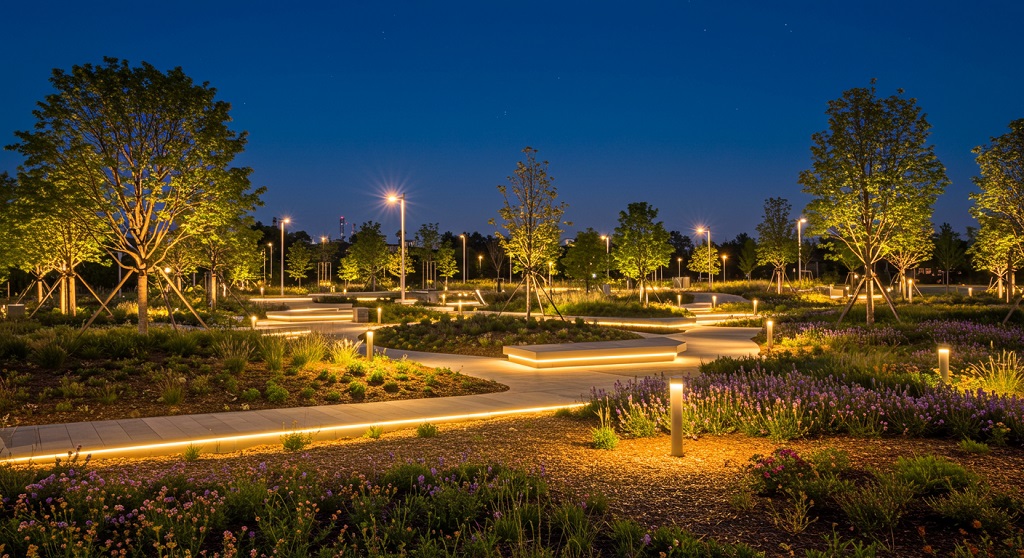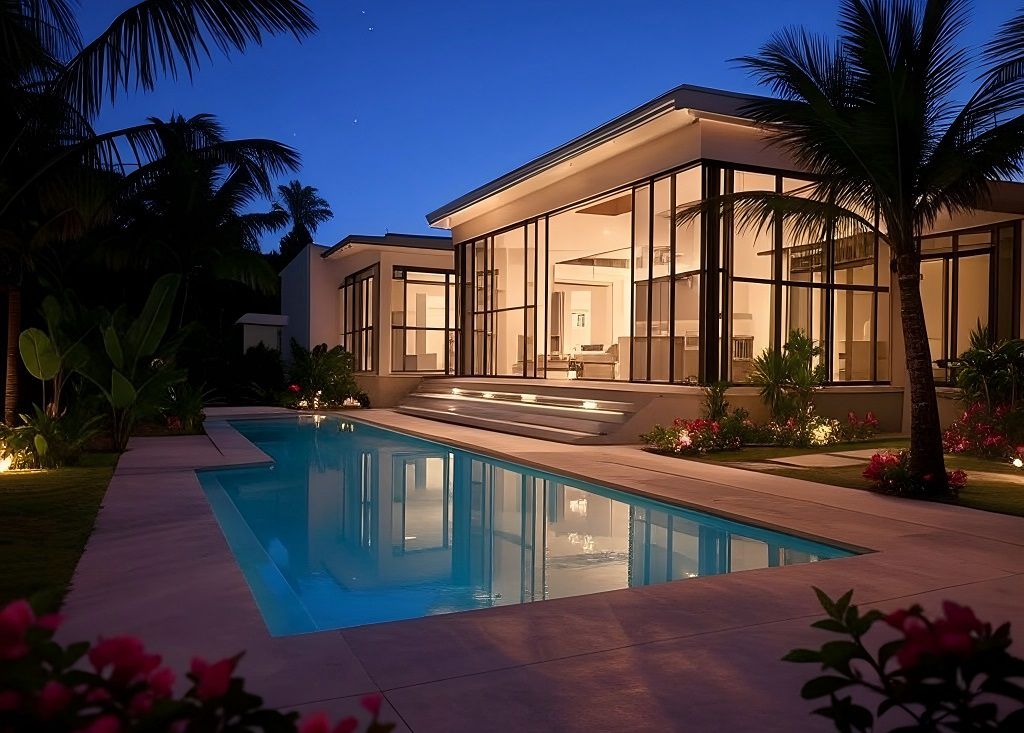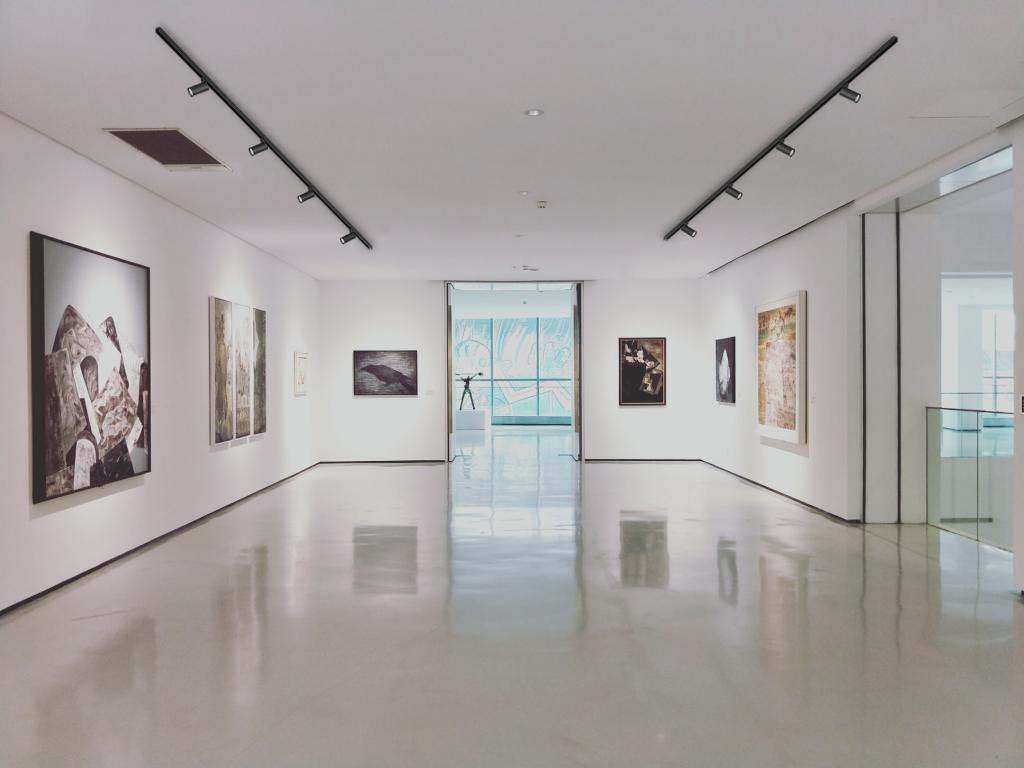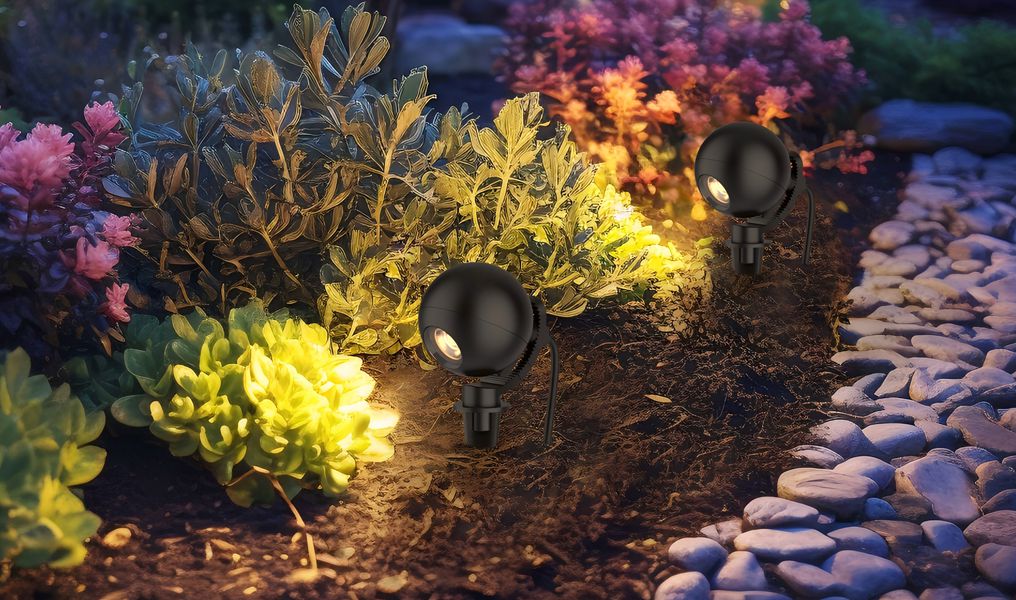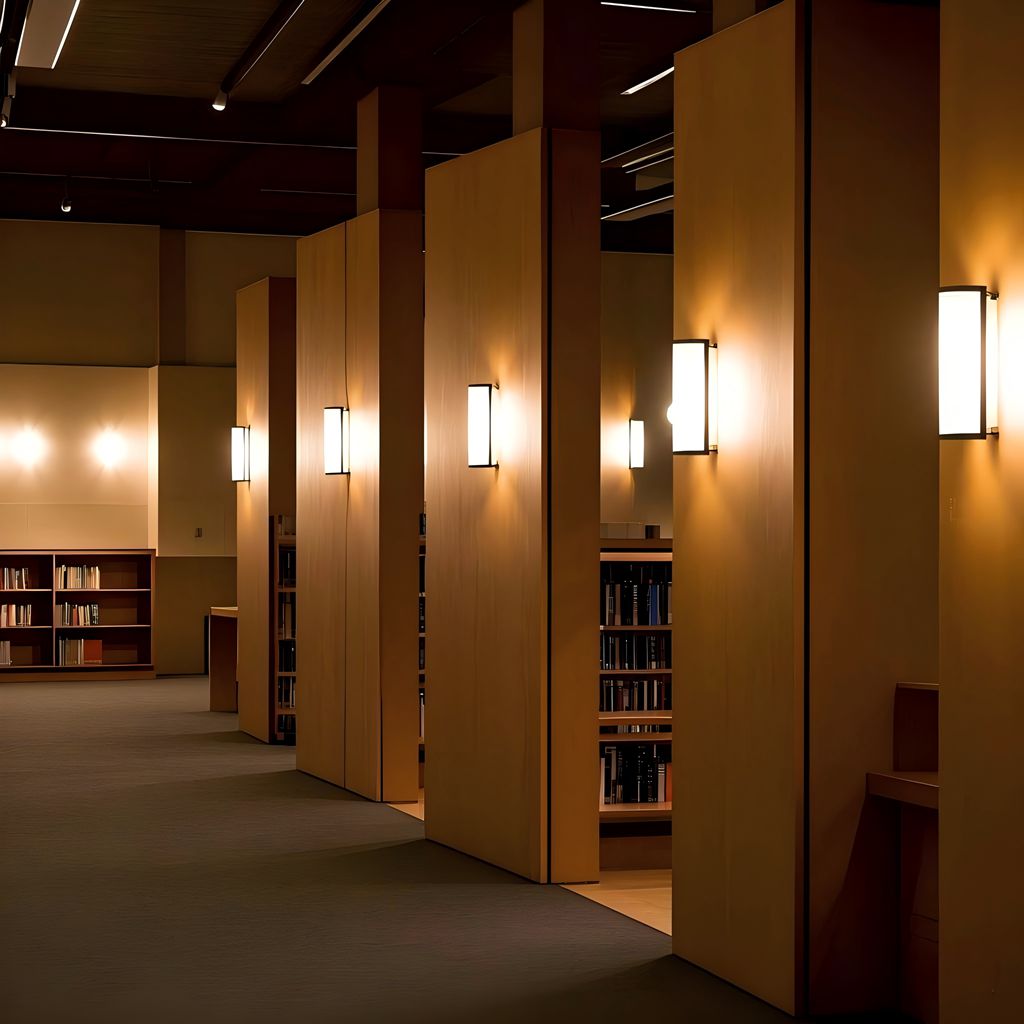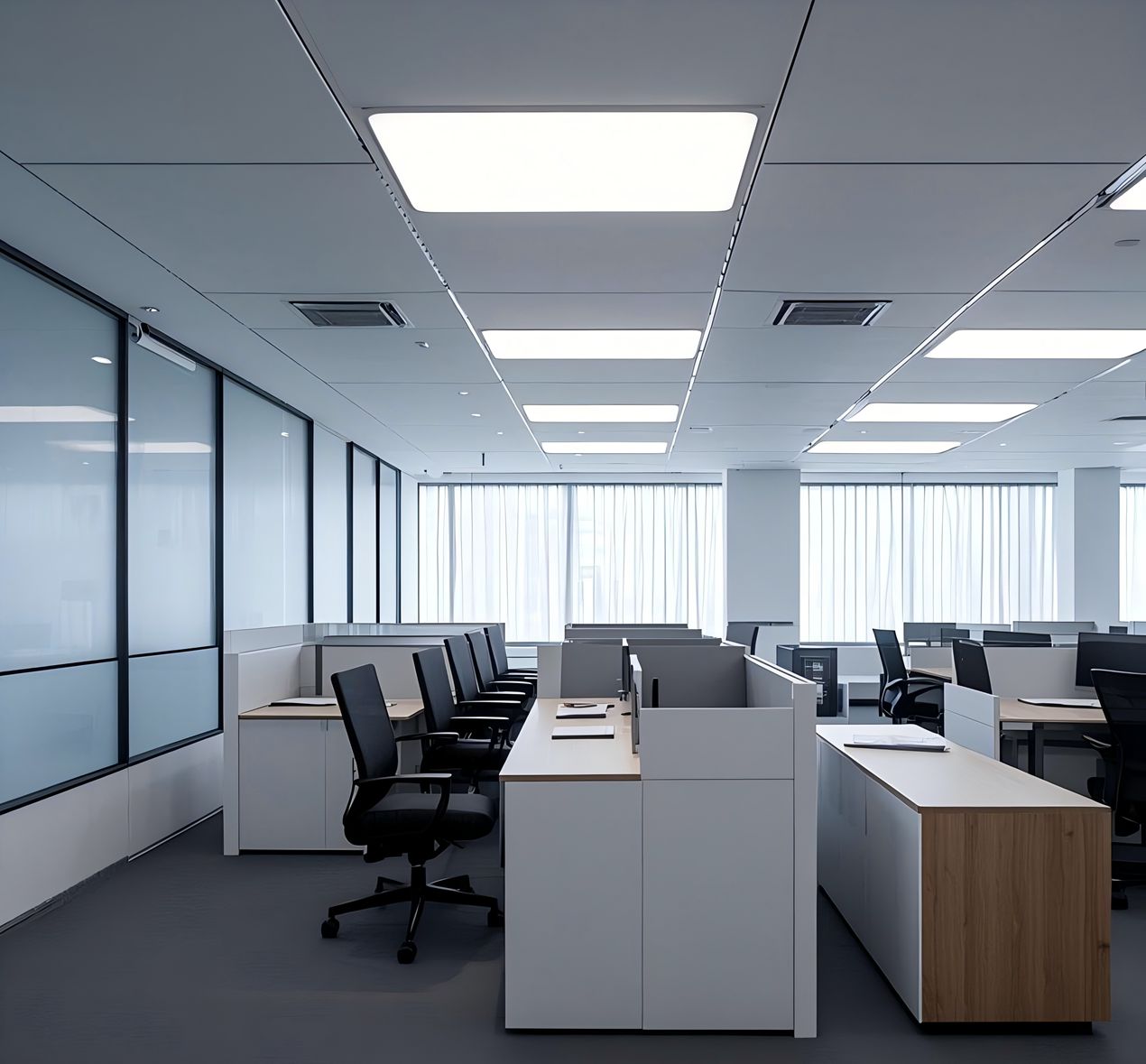Swimming pool is an artificial lake used for swimming, the surface water as a giant mirror reflecting the ceiling and lighting, as well as around wall lighting. What makes it a risk of glare reflecting by the surface mirror, or someone laying on their back in the pool? In this case, ensuring the lights setting safe and functional inside the swimming pool or around the swimming is important, whether they are used for recreational or competitive sports.
Pool Safety And Beauty Design
The fundamental safety of the pool at night is well lighting up all the darkness corners, and enough to be clearly visible at night, making sure a safe environment for children or athletes all the time to cut down on the risk of accidents. In the meanwhile, the pool is usually the central feature of the garden or backyard design, therefore, it’s a good idea to create a lighting design that showcases the pool at its best, especially the commercial pool used for service. The luxurious and attractive lighting makes the swimmer’s mood more cheerful.
Quick tips for swimming lighting design
One of the main questions we get with niche lights is where to place them in the pool and how many lights need to install. The cardinal rule is to point the sunlight away from the home and not point back into the eyes of the homeowner, the general rule of thumb is to place lights about every eight feet, so four lights should do the trick in a 32-foot-long pool, and place them about 9 to 12 inches beneath the surface of the water. But if you are dealing with a free-form pool, the 8-foot rule doesn’t always apply. What you should be doing is assuming a 60-degree beam spread. The proper focus on the light if you plan on 60 degrees, it will even cover the back of the wall on a free-form pool, and have an even distribution of light. When working with spas, ensure to place the light beneath the bench. That way no one’s sticking their back up against the spa light and darkening the whole spa.
How to Select Inground Pool Lights
Pools have three main genres of lighting, there are standard incandescent, LED, and fiber optic. Which one will be the best for your pool? Let’s figure out the basics of each.
Incandescent fixtures are lit by filament or halogen bulbs, comparable to outdoor flood lamps except larger, more powerful, and of course underwater. This kind of light makes poolscapes sparkle with an appealing soft white glow shown by bulbs ranging from 300 to 400 and 500 watts. If you looking for a crisp, clean glean to your pool, these lights will do wonders. Incandescent’s major advantage is low upfront costs, like cheaper than LED counterparts. While the disadvantage is cost more to operate and requires more maintenance, like replacing the bulbs. In addition, some fixtures offer various color lenses to spice up your pool, but incandescent lights are only available in white.
Filament bulbs have a relatively short lifespan, sometimes as low as 2000 hours, so every time a bulb blows, you have to pull that light on the desk to change the bulb and replace the lens gasket. Over the lifetime of a fixture, the maintenance could cost a couple of hundred dollars just before labor.
LED lights have a great combination of energy efficiency, longevity, and dazzling colors in one little package. When compared to the standard incandescent 500-watt light, the 5G light consumes a little more than a tenth of the power. LEDs are built to last, their bulbs or modules are generally rated for 30,000 or more operating hours.
What Extra Should Be Attention?
LED lighting building design should comply with European standard EN 12193:2007, especially the LED sports lighting need to choose and install the lights accordingly for athletes or children can enjoy and surpass themselves. Provide vertical and horizontal illuminance, and lighting uniformity for people swimming. Moreover, smart lighting systems or dim drivers should be integrated into the lighting system to unifiy control of light switch, color, and lighting time.


